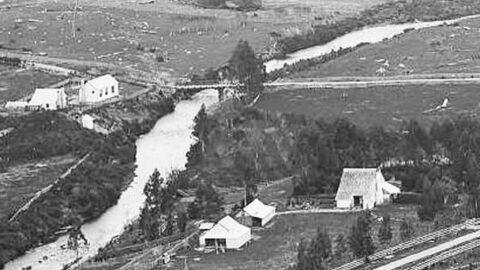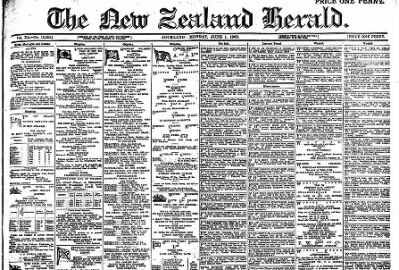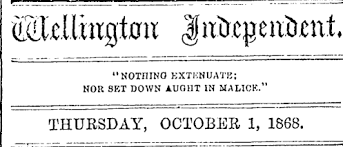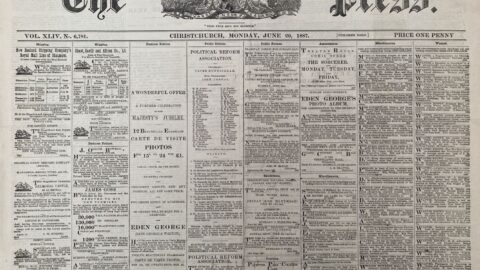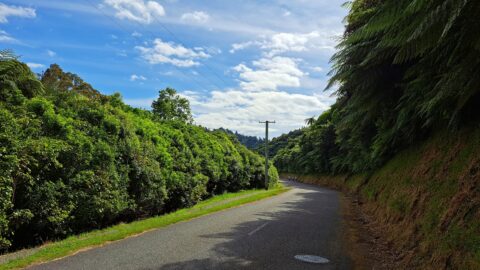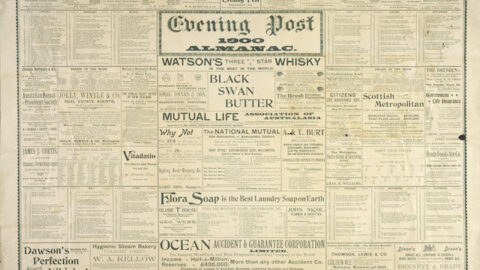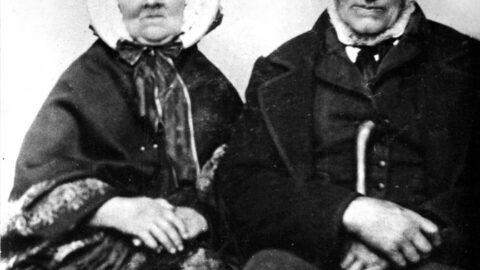Steam Power in the Wainuiomata Bush
In the late 19th century, as Wainuiomata’s dense forests fed a booming timber industry, local sawmillers turned to innovation to meet growing demands. One of the most remarkable developments of the time was the introduction of a small steam locomotive named Pio Pio, a pioneer of bush railways in New Zealand.
From Horse Power to Steam
John and David Sinclair, prominent figures in Wainuiomata’s sawmilling scene, initially transported timber by horse-drawn wooden tramways. However, when timber supplies in Moore’s Valley dwindled, they looked to a neighbouring valley and devised a plan to transport heavy logs more efficiently. This led to a bold decision: the importation of a steam locomotive to operate along a newly laid steel tramway.
On 27 August 1879, John Sinclair advertised for tenders to cart 150 tons of steel rails from the ship Halcione at Wellington to Lowry Bay. The steel was destined for their new tramline, which extended as far as George Creek.
Tasmania’s Engineering Marvel
The Sinclairs commissioned a custom-built locomotive from the Excelsior Foundry in Hobart, Tasmania. Completed in 1879, Pio Pio was a compact six-and-a-half-ton locomotive with Ramsbottom-type pistons, a multitubular boiler, and steel-cast tyres—a significant feat for the Tasmanian foundry, which described it as their first engine built on “true locomotive principles.”
Transporting the locomotive to Wainuiomata
According to a witness, moving Pio Pio to Wainuiomata was no easy feat. A news article stated the following:
The drive through the Hutt, as far as Wainuiomata hill, was devoid of incident, but here was a serious difficulty confronted us. The ‘difficulty’ consisted of Messrs Sinclair’s new locomotive engine, “Pio Pio”, which had been dragged out here with great labor, but was now blocking up the road apparently without any hope of getting it further. We subsequently saw a dozen powerful bullocks have a spell at it, but they gave up in disgust. Consequently, it seems very probable that either the engine will have to be taken over the hill piece-meal, or else nothing less than a convulsion of nature will be able to move it.
Eventually, the locomotive arrived in Wainuiomata. Catherine Elizabeth Chambers, the daughter of John Sinclair, Duncan Sinclair’s brother, later recalled the grand occasion. She explained that men from the sawmill and nearby farms brought out all the timber wagons, horses, and bullocks to assist. As the engine came into view near the Post Office and rounded the Rock, a cloud of dust rose and ships’ flags fluttered, brought from Lowry Bay to decorate the engine. There was cheering and waving as it crested the hill. To celebrate, the Sinclairs invited the entire valley to a picnic, with residents riding in timber trucks up the line to the site where the reservoirs now stand. The animals, having never seen a locomotive before, bolted in all directions, much to the children’s delight.
Hauling Timber Through the Valley
Once fully operational, Pio Pio ran along the tramway from the Sinclair sawmill near Northbrook, deep into Sinclair Valley, now known as Reservoir Valley. The route followed what is today Reservoir Road. An 1880s map shows the tramline extending as far as George Creek, the present-day site of the decommissioned Morton Dam. A lasting testament to the extent of the logging is the untouched native forest that begins roughly 100 or 200 metres beyond this dam. Over the following years, the locomotive played a vital role in hauling timber from the bush back to the mills, and later served as transport for the dam construction and for transporting concrete for the water race. Even after the dam was completed, it remained in operation as the primary means of transport to the dam.
A Forgotten Chapter Preserved
The story of Pio Pio is a compelling reminder of how early New Zealanders embraced engineering and innovation to overcome the challenges of the New Zealand bush.

